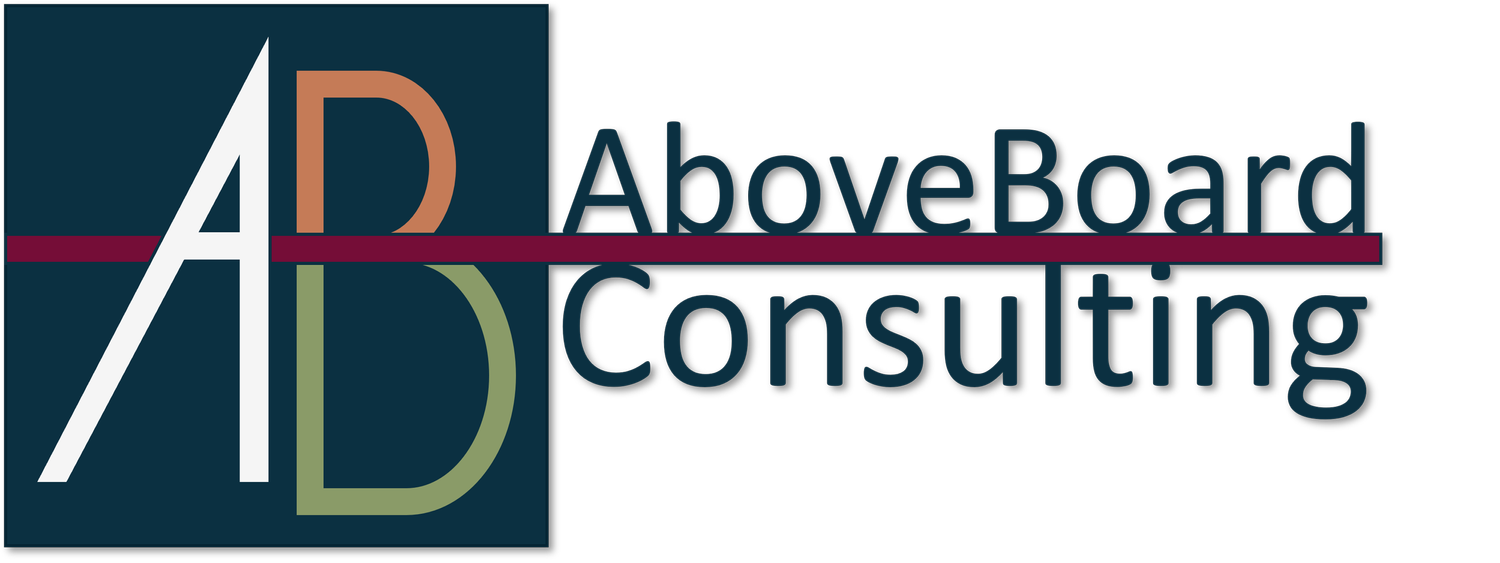
Invoicing Methods:
A Comprehensive Comparison
For any business, getting your sales documents right is a must. While the BIR is pushing hard for a digital-first approach with e-invoicing, many businesses still use traditional paper or a mix of paper and computers. Understand the different methods of invoicing i.e. manual, loose-leaf, and computerized (CAS). It is important to staying compliant, especially with the recent changes from the Ease of Paying Taxes (EOPT) Act (Republic Act No. 11976). And determine which method works best for your business
Under the EOPT Act, the old rules are out: the "Invoice" is now the primary document for both goods and services. The "Official Receipt" is now a supplementary document, mainly for proving a payment was made.
1. Manual Booklet Invoicing
This is the classic, old-school method, perfect for micro and small businesses that don’t have a lot of transactions.
How it Works: You use pre-printed booklets where you handwrite all the transaction details
BIR Approval: All you need is an Authority to Print (ATP) from the BIR. You fill out BIR Form 1906, and a BIR-accredited printer makes your booklets.
What You Need to Do: Your booklets must have your business details, TIN, and sequential serial numbers printed on them. Just be sure to write clearly! Thanks to RMC No. 62-2020, those unused booklets don’t expire after five years anymore, so you can use them until they run out.
Best for: Businesses with low sales volume who want a simple, no-fuss system.
Watch out for: Handwriting can be messy, and it’s slow. It’s also a pain to store and find old records when you need them.
2. Loose-Leaf Invoicing
This method is a step up, bridging the gap between old and new. It’s still paper-based but uses a computer to keep things neat.
How it Works: Instead of handwriting in a booklet, you print your invoices and books of accounts on loose sheets of paper.
BIR Approval: You need a Permit to Use (PTU) Loose-Leaf for invoices (BIR Form 1900). For loose-leaf books of accounts, RMC No. 5-2021 has made it easier by suspending the strict PTU, so you just need to follow the rules. You also need an ATP Loose-Leaf (BIR Form 1906) for the forms themselves.
What You Need to Do: The biggest rule is that you must permanently bind all your loose-leaf documents at the end of every year and submit them to your RDO for stamping by January 15 of the next year. (RMC No. 3-2023, with extensions sometimes given like in RMC No. 6-2025).
Best for: Businesses that need legible records and are comfortable using a computer to print.
Watch out for: The annual binding process can be a chore, and you still need to find space to store all those hardbound volumes.
3. Computerized Accounting System (CAS)
CAS is the most digital option before e-invoicing. Everything—from your books to your invoices—is created automatically by your software.
How it Works: Your accounting software handles everything from data entry to generating records.
BIR Approval: The old rule of getting a Permit to Use (PTU) CAS has been suspended by RMC No. 5-2021. Now, you just need to register your CAS with the BIR by submitting a few documents. If everything is complete, the BIR will give you an Acknowledgement Certificate (AC). You still need an ATP for your system-generated invoices (BIR Form 1906).
What You Need to Do: Your system must follow the BIR’s technical rules (RR No. 9-2021). Any big changes to your system need a new registration, but small tweaks just need a written heads-up. And yes, you still need to bind your system-generated books of accounts every year.
Best for: Growing businesses that want efficiency, automation, and real-time financial insights.
Watch out for: The initial cost can be high, and it requires some technical know-how to set up and maintain.
Key Takeaways & What's Next
The Invoice is King: No matter which method you use, make sure you issue a clear "Invoice" for all sales of goods and services, as required by the EOPT Act.
Digital is the Future: Manual and loose-leaf are here for now, but the big shift is to e-invoicing, which becomes mandatory for certain taxpayers by March 2026 (RR No. 11-2025). This new system completely does away with paper and sends data directly to the BIR.
Choose What Fits: Your choice should match your business’s size, budget, and growth plans. Starting small with manual is fine, but moving to loose-leaf or CAS is a smart way to get ready for the digital future.
Getting your invoicing right is a must for tax compliance, proper record-keeping, and avoiding penalties.
Need help deciding on the right invoicing method for your business? Aboveboard provides straightforward compliance advice.
Disclaimer: This article provides general information and should not be considered legal or tax advice. Tax laws, regulations, and BIR procedures are complex and subject to change. Always consult with the official Bureau of Internal Revenue (BIR) website or a qualified tax professional for advice tailored to your specific situation.

